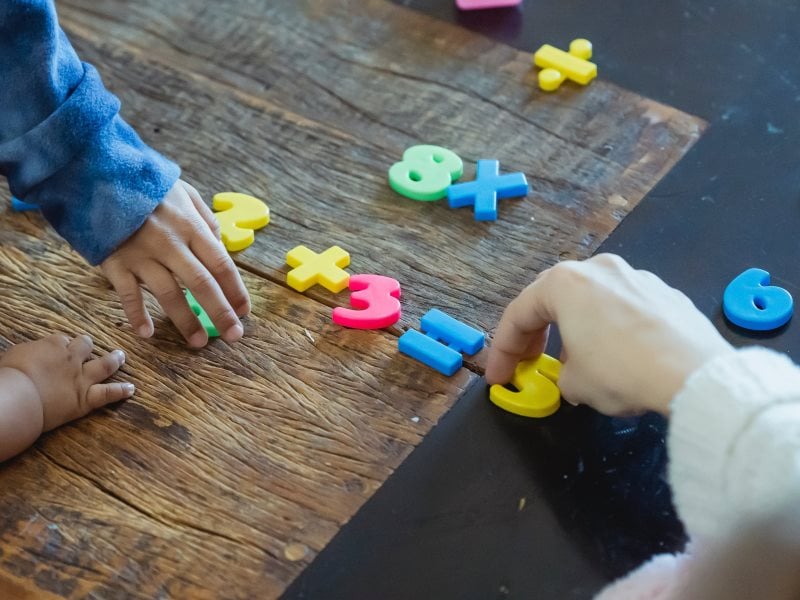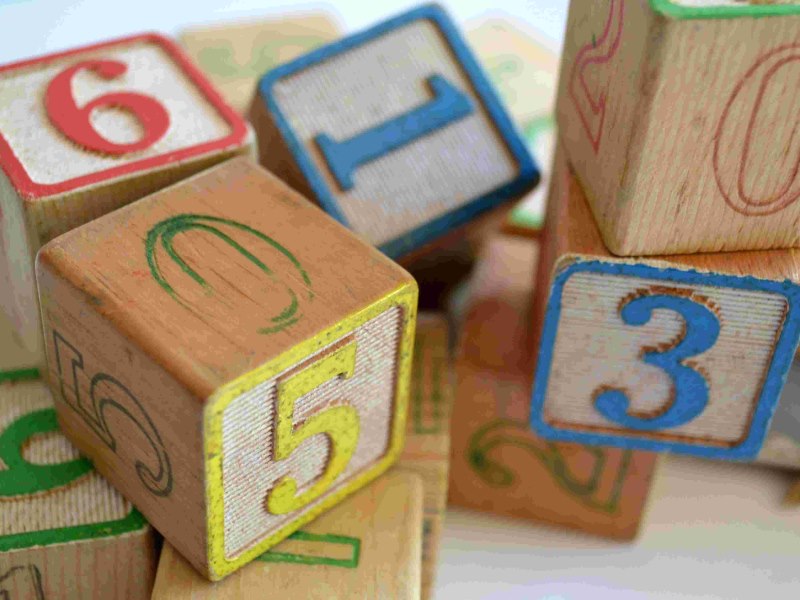
If I may rephrase a popular proverb: give a child a math book, you teach him one subject, give a child an abacus, you teach him how to learn. The benefit of learning the abacus is that it has systematic value. When a child learns how to use the abacus, they learn the step-by-step process to solve a problem that extends beyond math. The abacus is the most basic and most powerful skill set to teach a student. The way the abacus is taught is through “system knowledge.” System knowledge is the understanding of the underlying patterns within a system, manipulating those patterns and learning from them to achieve a desired result.
Finding Patterns
Cognitive scientist Lindsey Richland, of the University of Chicago, says that for a student to do in any type of analytical thought, he or she needs to play with patterns particular to that subject. She goes on to say that “the underpinning of the ability to do higher-order thinking really comes down to reasoning about relationships.” In a nutshell, finding patterns is the first step, but after that, a student must understand patterns, how to find them and work within them. Once a student masters this skill they will be confident and secure in any area of critical thinking, such as math, physics, literature, social developments, or anything else.
How to Develop Critical Thinking
To put these critical thinking skills to practice, Richland suggests studying topics in a hypothetical situation. For example, we can teach about the weather by having children fixate on facts and charts, or we can ask, what happens if the North Pole got more sunlight? Or what if you see lightning but don’t hear thunder? By positing these “what if” questions, students are developing a more concrete way to understand problems. The student starts to look at the problem from a different angle and see how manipulating a known pattern causes different results. Soon they will know the right manipulation to use, or the right question to ask, in order to get the result they want.
Abacus students learn this first hand. For example, a child knows that adding 5 and 2 will get 7, and adding 5 and 4 will get 9. With these results we teach them to see number patterns. It all goes back to the decomposition that is built into learning the abacus. Abacus students see how these numbers always interact in the same way and understand this is consistent when they start to manipulate larger numbers. For example they will know not only that 7 plus 9 equals 16 but they will also know why. They will understand completely the partner relation of every numeral (numbers between 1 and 10) and they use this knowledge to their advantage.
Let’s look closer at the numbers 2, 4, 5, 7, and 9. As I said earlier, a student knows that 7 = 5 + 2 and 9 = 5 + 4. An abacus student knows that 7 + 9 = 5 + 2 + 5 + 4 or 5 + 5 + 6 which is 16.
The abacus student can reach this answer by saying to themselves, “what if I add 5 to 5?, okay that is 10. But what if I add 2 and 4? That is 6. 6 and 10 is 16. But what if I add it like 5 and 2 and 5 and 4? That looks like 7 and 9. Hey 7 + 9 is 16!”
Now the student more fully understands why these numbers add up the way they do. An abacus student is able to see number relationships clearly on the abacus as well as in their head.
“I see these 'ah ha moments' all the time with my students,” says Ms. Stephanie. She has been teaching abacus math at Genie Academy for over a year. “I see how excited they get when the skills come back in the more advanced math. They say ‘I know this! We did it on the Abacus!’”
More Than Math
As an abacus student learns number relationships they are learning the skills necessary for critical thinking. These skills are used in every field of study, such as literary analysis. Take for instance, J.K. Rowling’s acclaimed Harry Potter and the Philosopher’s Stone. By asking a series of “what if” questions a reader is able to get a firmer grasp on what is happening and why it is important. What if Harry never met the Weasley family? How would he have gotten to Platform 9 ¾? What if Harry was sorted into Slytherin as the hat originally suggested? What if Harry never got detention in the forbidden forest? Would he know that Voldemort is plotting to return soon?
This type of relationship is essential in thinking about literary analysis. Furthermore, this same “cause and effect” relationship is taught on the abacus. The “what if” questions create analytical concepts that are needed for any area or level of education. An abacus student will ask “what if I am adding a number that is two more than 5 to the number 8?” They will see that result is an answer that is two more than 5+8. The student now has a stronger understanding of that particular number relation and can apply that understanding to other math problems.
Abacus is Key
Once the child masters skills taught in the abacus, skills such as decomposition and numerical analysis, they master how to learn. The abacus student will see how concepts are formed and why they are important. They will understand how to approach any problem, in school or in life. They will meet these problem with the confidence that they know how to reach a satisfying conclusion.
Further Studies:
https://www.ncbi.nlm.nih.gov/pubmed/20235096
https://www.vox.com/first-person/2017/3/6/14766970/abacus-math-learning-lessons





